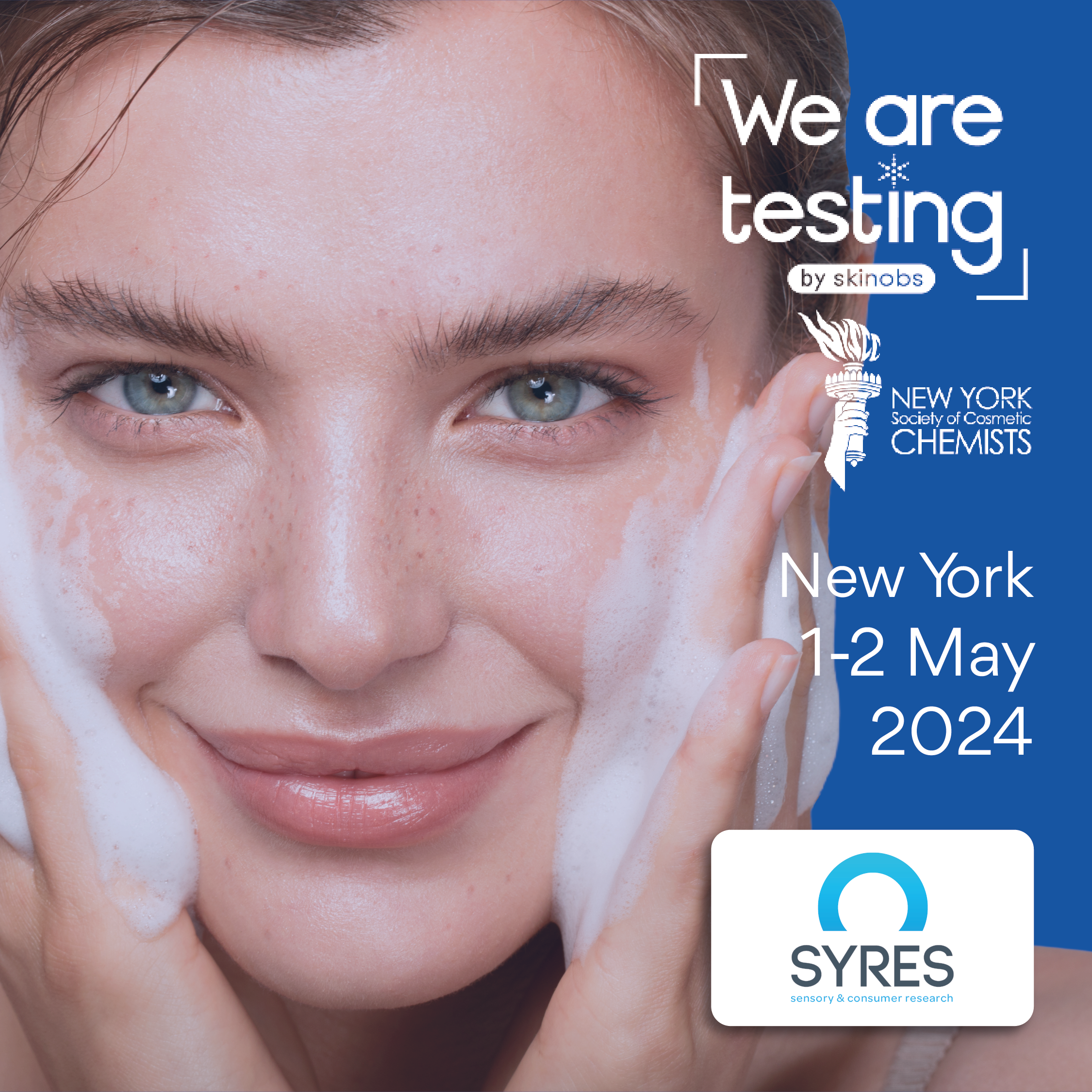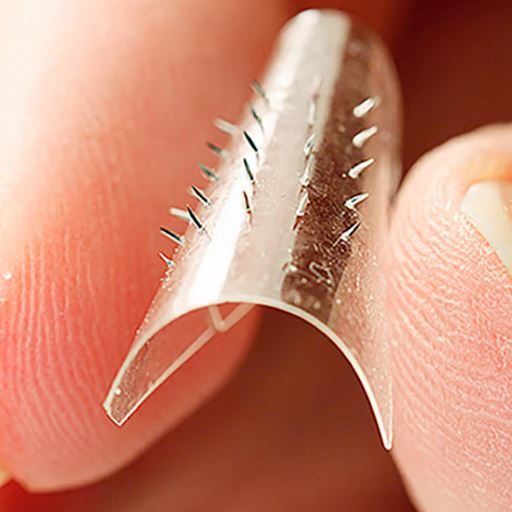China and Asia Pacific Cosmetics Regulatory Analyst & Managing Editor at ChemLinked, REACH24H Consulting Group
China Food and Drug Administration introduced the concepts of validation of efficacy claims for the first time in the draft “Administrative Measures on Cosmetics Labeling” on Nov 15 2014. The draft stipulated that all products except moisturizing products and hair dyes with efficacy validated by accredited testing institutions can be labeled with relevant validation data. Products without validated efficacy data should be labeled with “efficacy has not been validated”.
Although not a mandatory regulatory requirement, efficacy claims are necessary in terms of consumer acceptance of cosmetics. Indicating a specific efficacy claim requires adequate testing and evaluation data to support the claim, making efficacy testing in these instances a mandatory requirement. The draft does however not stipulate which testing facilities are accredited to perform efficacy testing and what conditions efficacy evaluation and validation institutions should conform to. Qi Liubin, Director of cosmetic registration department in CFDA has revealed that any cosmetic companies or testing institutions that meet the requirements of the CFDA can conduct efficacy testing, however the details of the requirements have yet to be elucidated. Although the implementation of the Measures has been delayed, there is still doubt about efficacy evaluation and associated validation institutions
In March China NIFDC disclosed draft guidance for efficacy claim verification, which clears up the confusion. According to the Article 9, chapter 2, “For the non-administrative licensing cosmetic efficacy verification projects, cosmetic production/operation enterprises may choose laboratories (including laboratories within enterprises) to verify the claims”, it means that cosmetic companies can indeed perform the verification as long as the labs fulfil the conditions for efficacy verification.
Chapter 3 of the guidance introduces the conditions and requirements for institutions to verify efficacy. Other than the capability of taking legal responsibilities, the institutions shall also meet 5 major criteria including quality management, adverse reaction monitoring management, equipment and facility, qualified labs, training and evaluation scheme.
The guidance also stipulates the requirements for test objects, institutions staff, hardware equipment, sample management, labs environment and development of an efficacy verification protocol and the corresponding arrangements for implementation.
It should be noted that the guidance mainly apples to the verification of effect in humans. The in vitro testing used during non-clinical study must be conducted in a laboratory in conformity with the requirements for the Good Laboratory Practice (GLP). For products with the same base formula and functional ingredients as products which have previously undergone efficacy verification enterprises can also consider using the original efficacy report. Although the guidance is only a draft, cosmetic companies who want to verify efficacy themselves can refer to it to prepare their labs and protocols in advance.
Link to pulse article









 Follow us on Linkedin!
Follow us on Linkedin!